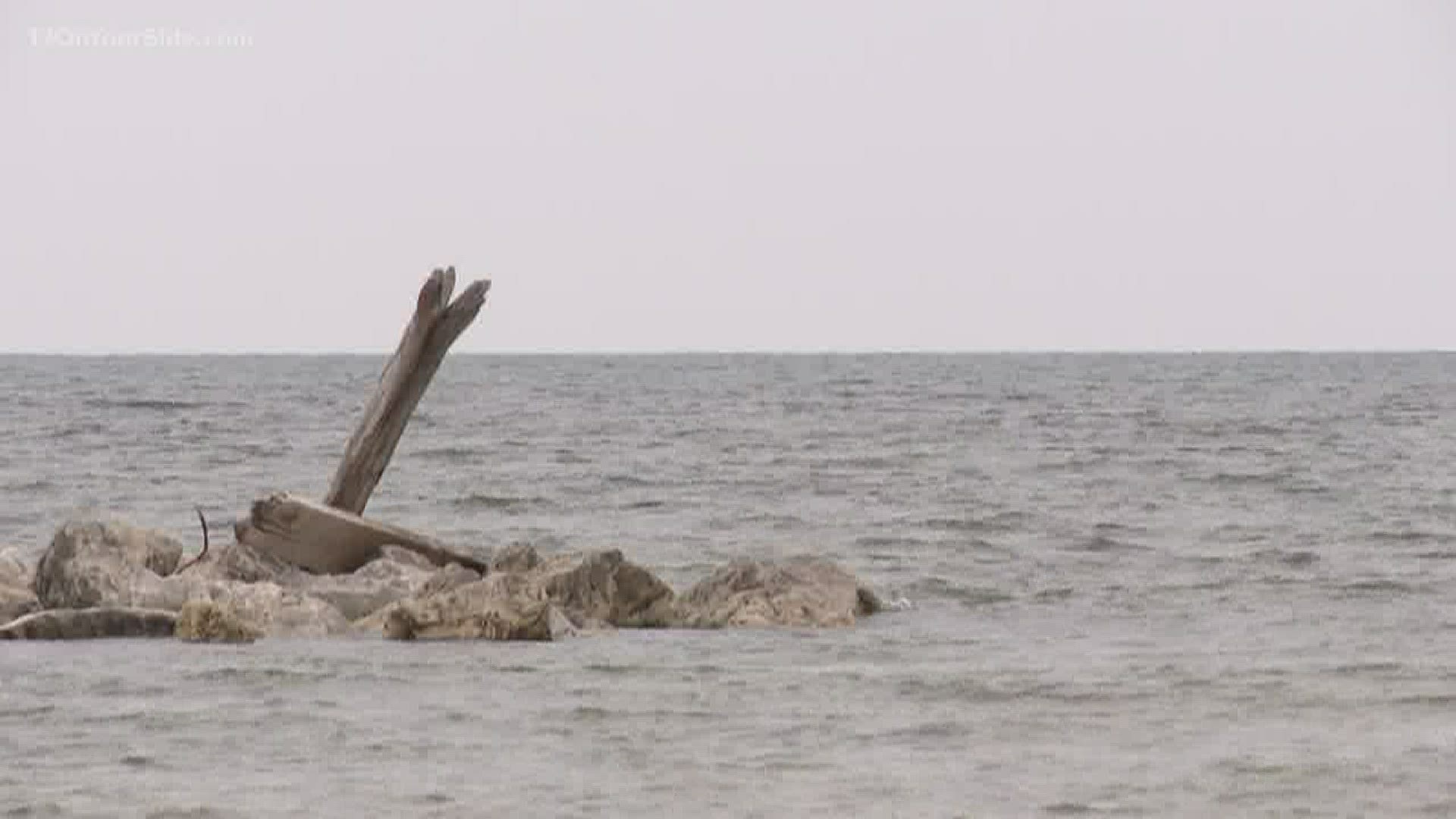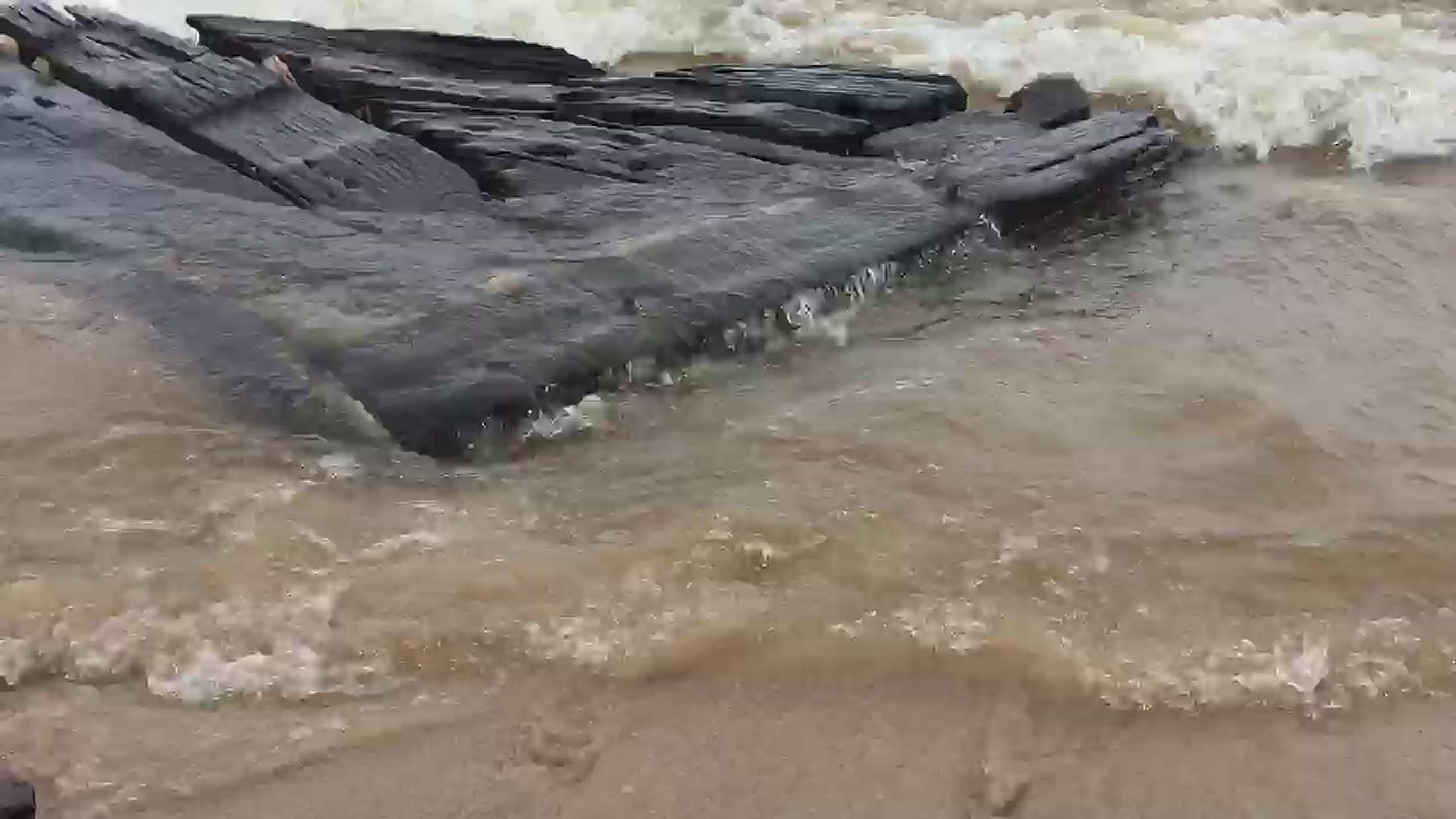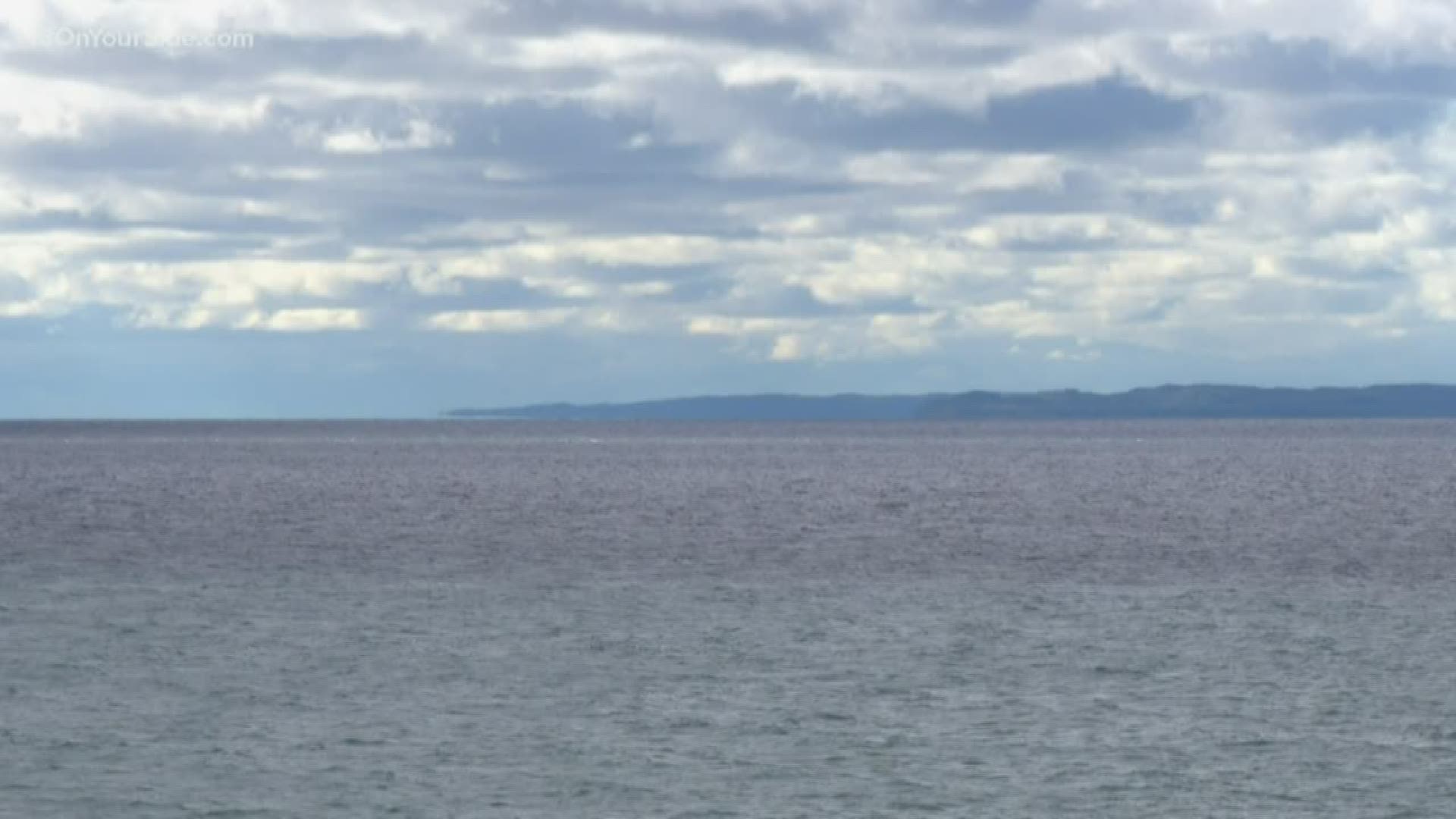HOLLAND, Mich. — When it comes to lost vessels on the Great Lakes, there's one certainty—they'll be found when they want to be found.
Thanks to the curiosity of a beachcomber and coaching via FaceTime by members of the Michigan Shipwreck Research Association (who were hundreds of miles away), a 1903 wreck has been discovered and identified.
Not even a coronavirus quarantine could stop it.
On April 19, 2020, a strong storm swept through Michigan's Upper Peninsula, churning up the sand along Lake Michigan's shoreline on the eastern side of Garden Peninsula.

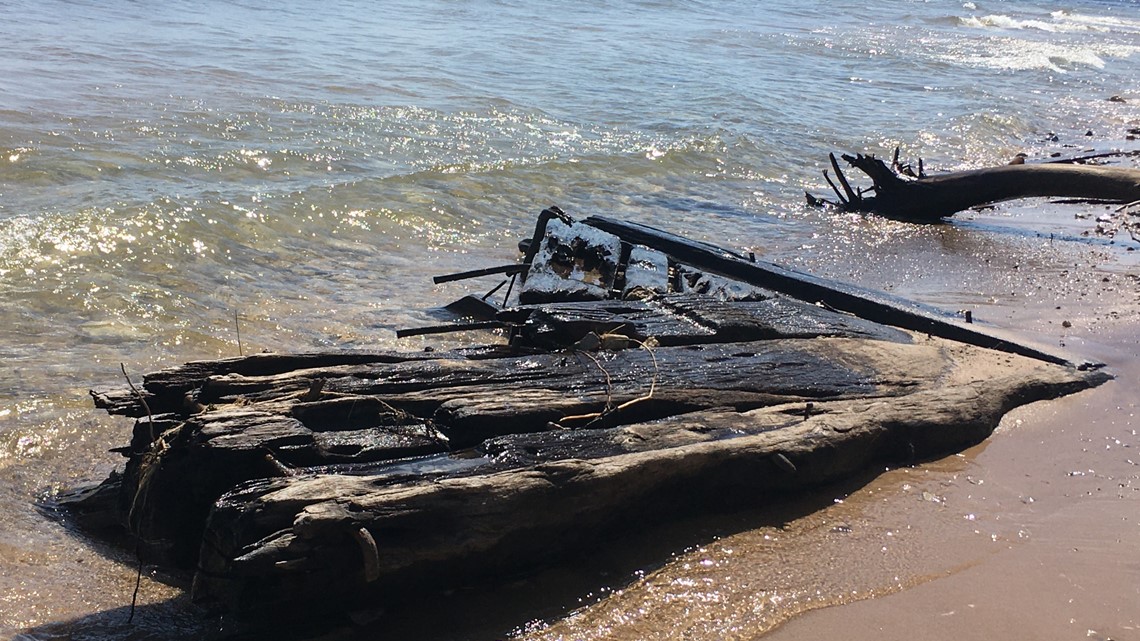

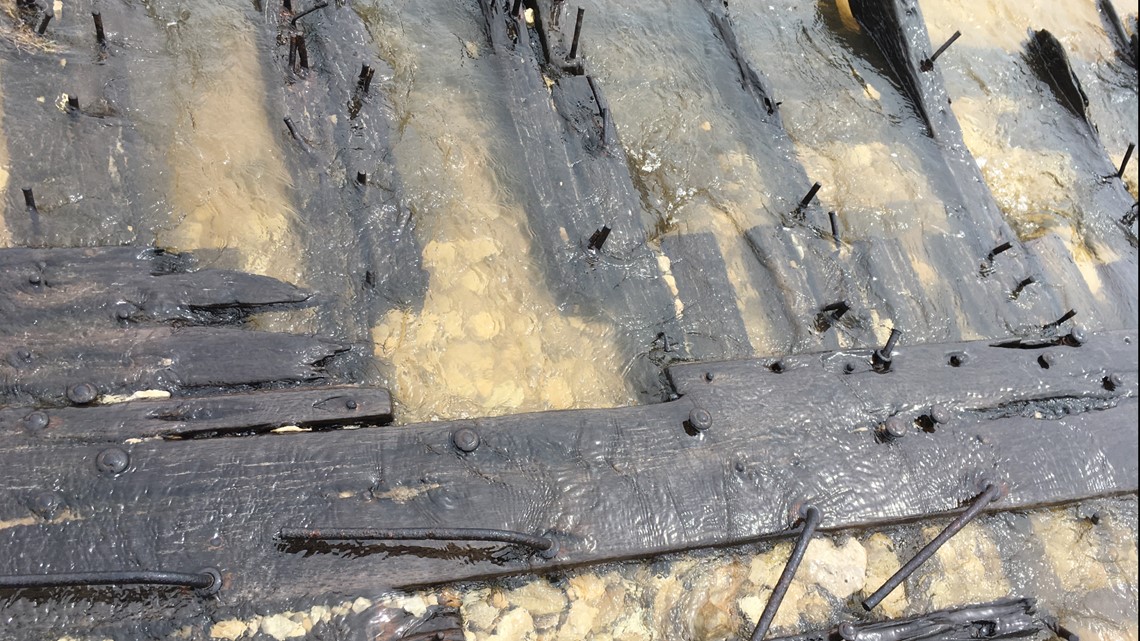

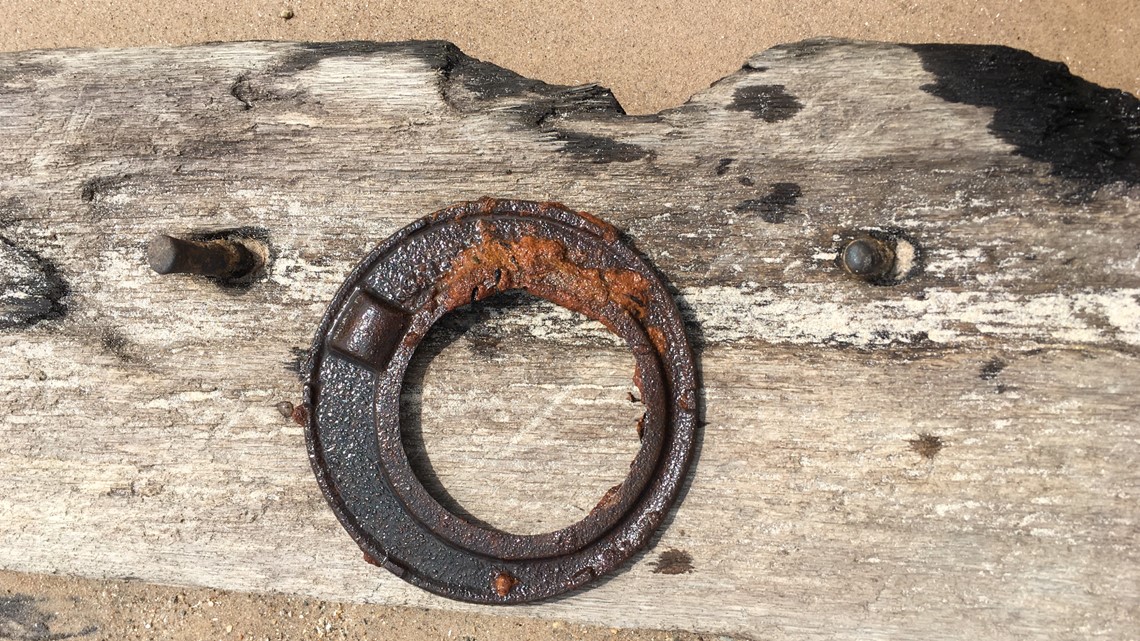
The next day, a beachcomber, who wishes to remain anonymous, was walking along the shoreline near his home, which is located just south of Manistique.
He saw what appeared to be the bones of a shipwreck emerging from the sand.
The beachcomber's curiosity led him to contact the Michigan Maritime Museum in South Haven, Mi., who then put him in contact with the MSRA.

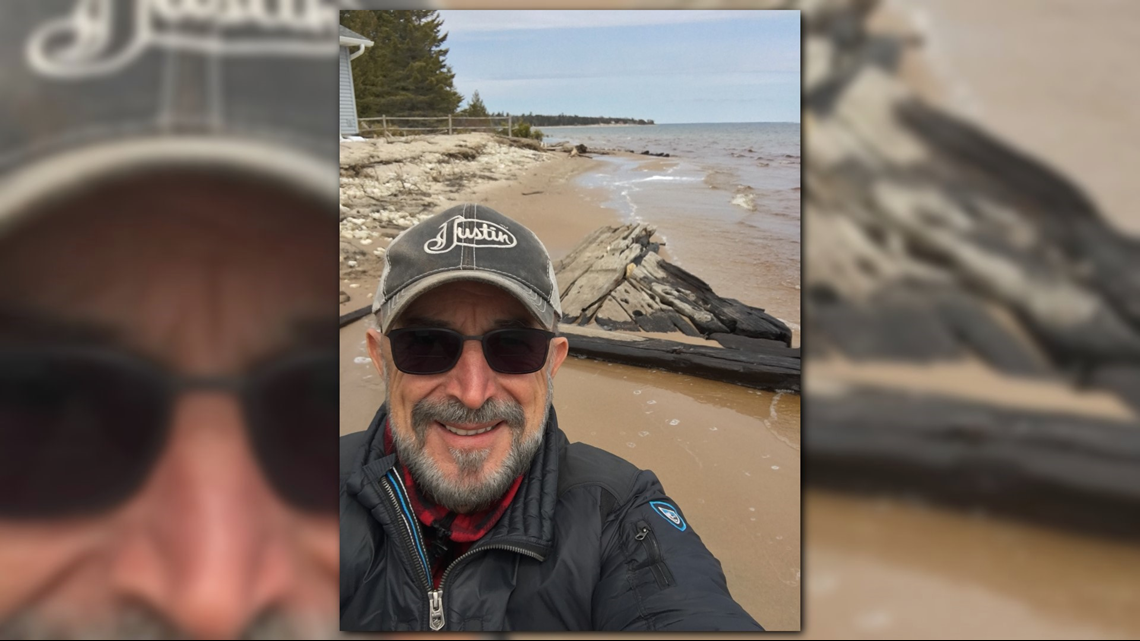
"He's a longtime homeowner who had walked that beach many times and says he'd never seen any evidence of the ship before," said Craig Rich, author and co-director of the MSRA.
In normal times, when news of a new shipwreck discovery drops in their laps, members of the MSRA would quickly get into their vehicles and head to the wrecksite to conduct a comprehensive investigation, but the stay at home order for the COVID-19 pandemic would not allow that to happen this time.
Additionally, MSRA members also knew, based on their experience with wrecks similar to this one, the shifting sands would quickly re-bury the wreck.
Something had to be done or this piece of history could be lost for another century.
Valerie van Heest, who is also one MSRA's co-directors, decided she would try to coach the beachcomber through all of the processes of a shipwreck investigation, via FaceTime, from her home in Holland.
"I was the go-between," said van Heest, author, explorer and museum designer. "I directed the man to do everything we would have done had we been able to travel up there to do a survey."
The beachcomber was asked to take several pictures, videos and measurements of the site.
van Heest also guided him to pound metal rods into the ground to see how far the ship extended under the sand.
"For an amateur, he did a thorough job of measuring and getting us the information we needed to positively identify the ship," said Rich.
The beachcomber sent all of his imagery and data to Rich and van Heest, who immediately began scouring over all of it. Their research included cross-referencing the information against every known schooner lost between Manistique and Summer Island.
"It took us about 6 hours to confirm the identification of the shipwreck," said Rich. "The location of the ship was exactly right; the length of the ship was right; the date of the structure of the ship was right for it to be the R. Kanters," said Rich.

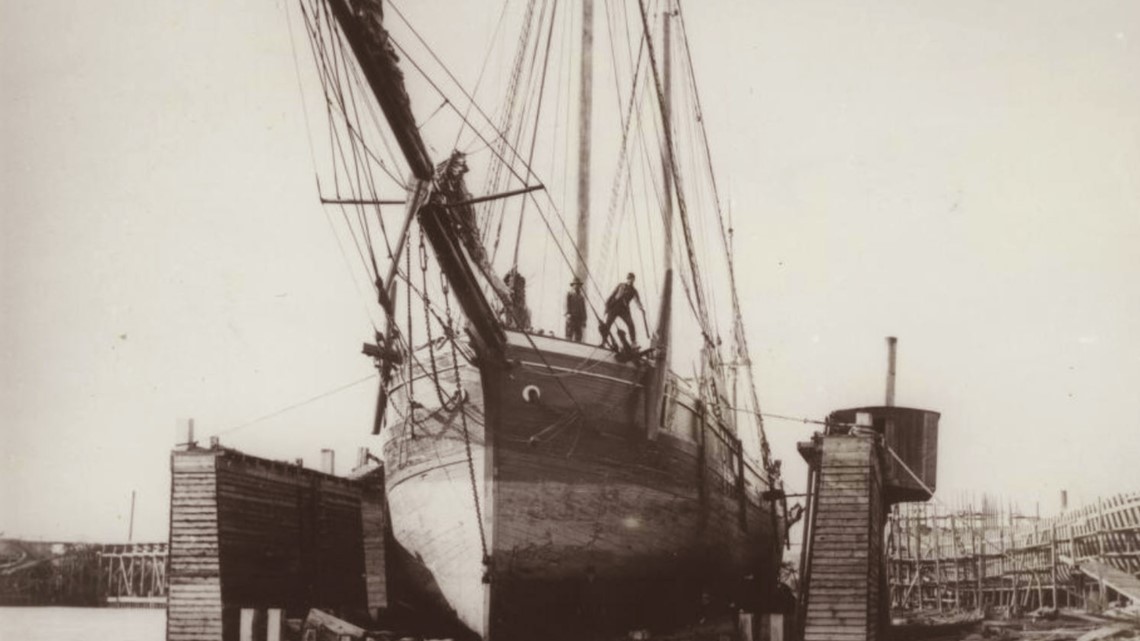
The R. Kanters traveled the Great Lakes in the late 1800s, hauling various cargoes. It ran out of both Holland and Grand Haven.
According to historic accounts van Heest and Rich used during their identification process, on September 7, 1903, the R. Kanters left Manistique heading south on Lake Michigan. She was blown ashore in a gale, stranding south of Manistique near the outlet of the creek, near where the wreck was discovered..
Over time, it broke up in place, leaving its remains buried in the sand, only to be uncovered by a similar storm 117 years later.
"We haven't heard of any loss of life," said Rich. "But we know there was a five-person crew on board."
The two-masted schooner was named after its owner, Rokus Kanters, who also happened to be the mayor of Holland from 1885-1886.

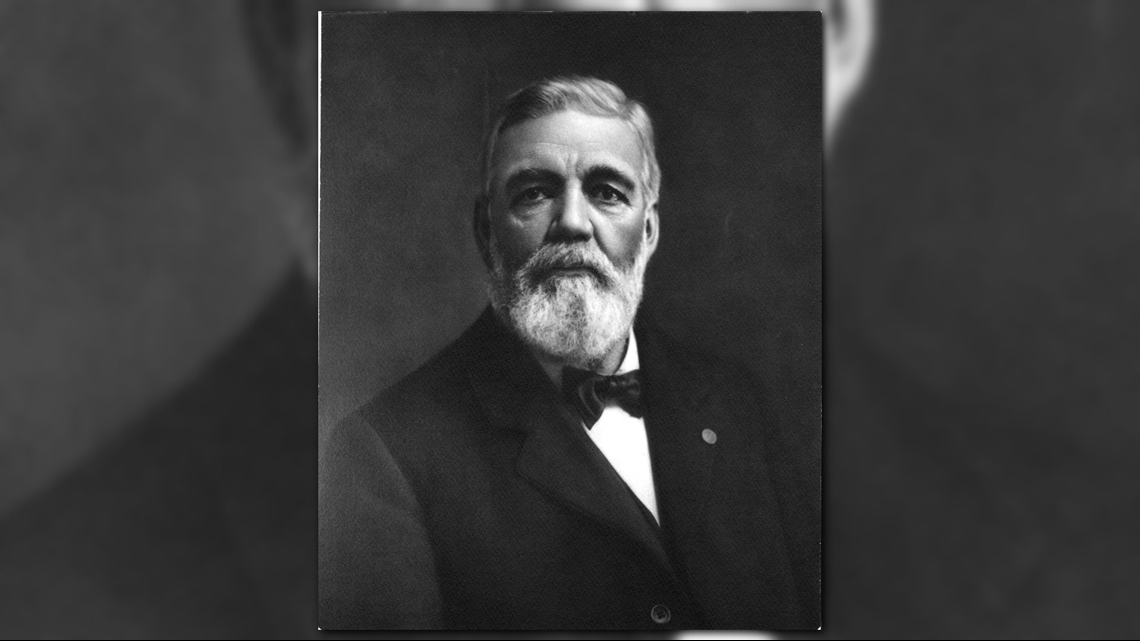
"His portrait is currently hanging up in the hallway of Holland's City Hall," added Rich. "Rokus Kanters passed away November 22, 1899, at the age of 73 in Holland, and is buried in the Pilgrim Home Cemetery."
After being exposed for only three days, the R. Kanters wrecksite is already being reclaimed by the shifting sands near Lake Michigan's edge.
Thanks to an observant beachcomber, and a group of shipwreck hunters from hundreds of miles away (coaching him through the investigation, virtually), a piece of Michigan's maritime history is no longer a mystery.
"I was really glad that we were able to identify the ship and tell this story," said Rich.
To learn much more about the history of the R. Kanters, click HERE.
More stories on 13 ON YOUR SIDE:
RELATED VIDEO:
►Make it easy to keep up to date with more stories like this. Download the 13 ON YOUR SIDE app now.
Have a news tip? Email news@13onyourside.com, visit our Facebook page or Twitter. Subscribe to our YouTube channel.

